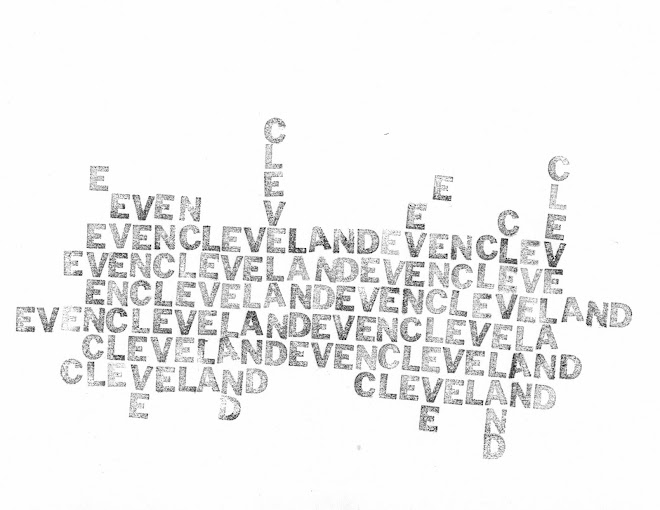'irrational infinity'
Before we left New York, I went to the Met a few times to spend some hours with the zellij-tiled dadoes in the Moroccan Court.
To make them, tens of thousands of clay tiles were hand cut into one of seventy shapes, then fitted into place, creating an intricate mosaic of repeating pattern (you can watch the mesmerizing process here). Though the overall pattern repeats, the subsidiary patterns-within-the-pattern are what captivate me: repeating circles and squares, rayed stars and labyrinthine lines. They appear and recede, lost and found as my attention wanders.
I still find myself thinking about them. I imagine kilns fired with olive pits and sawdust. I think about anonymous hands marking and chipping each tile, one at a time, thousands of times, then the puzzle-work of setting each piece in place, facedown in reverse. I am curious about the why of these tiles and patterns. A NYT article on the construction of the court notes that "the tiles’ traditional function is to soften the solidity of the walls" and quotes Jonas Lehrman: “The surface is seemingly dissolved, yet throughout the entire organization, even the smallest units are related by the overriding discipline of the geometry.” An Architectural Digest blog post cites Wijdan Ali's The Arab Contribution to Islamic Art: "The proliferation of arabesque abstract decoration enhances a quality that could only be attributed to God, namely, His irrational infinity ... The pattern of the arabesque, without a beginning or an end, portrays this sense of infinity, and is the best means to describe in art the doctrine of tawhid, or Divine Unity.”
Irrational infinity expressed through the discipline of geometry — it's wonderful, in the truest sense of the word.
Labels:
art,
photos,
the metropolitan museum of art,
tile,
zellij


